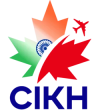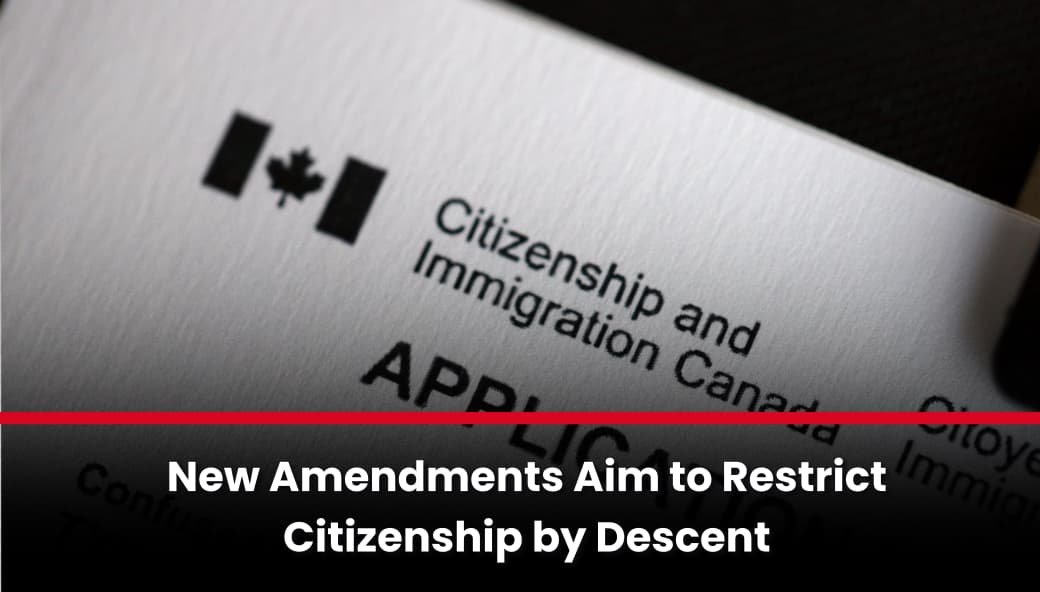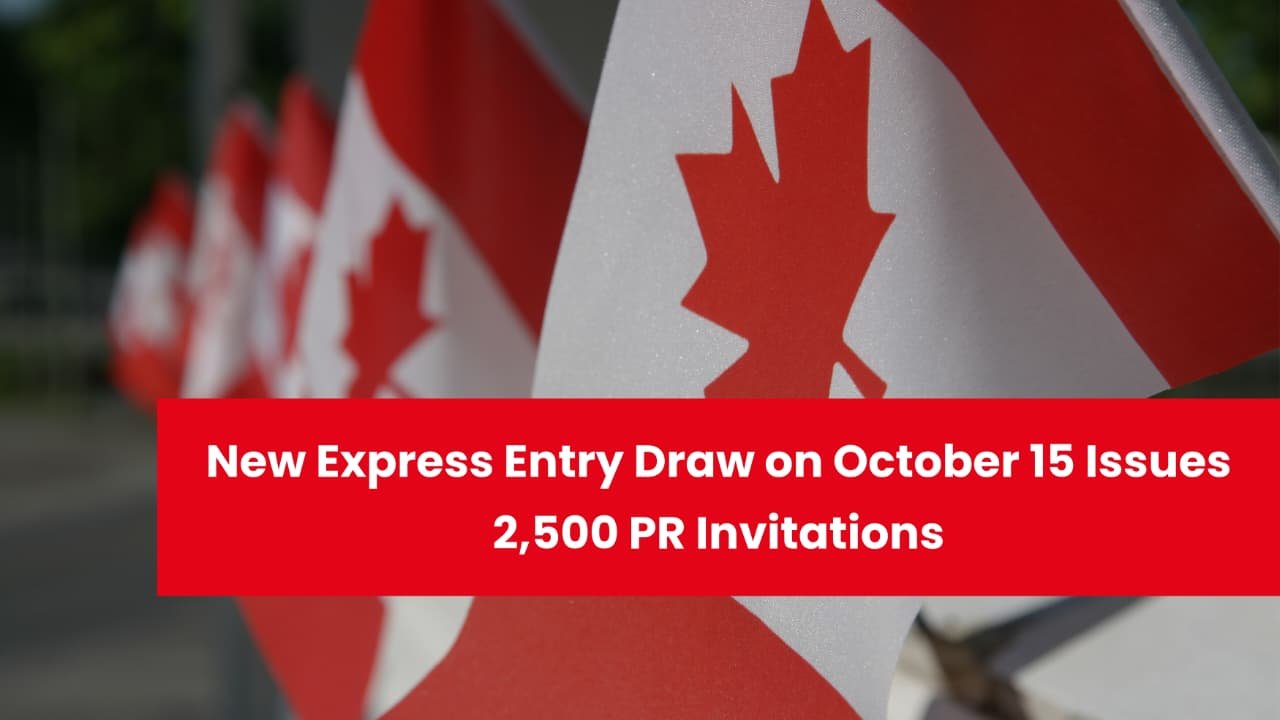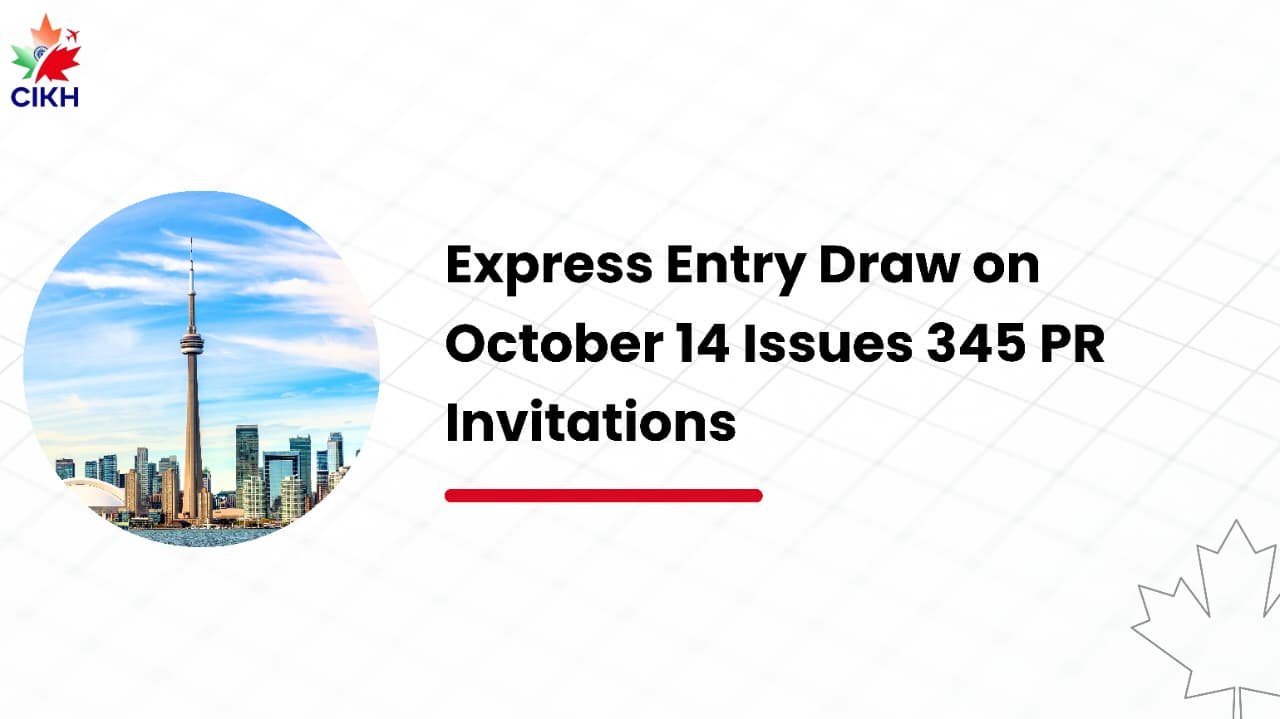Canada’s revised immigration targets for 2025-2027, which lower the anticipated permanent resident admissions, are bringing significant shifts, especially for Express Entry draws.
With the government adjusting its targets from an ambitious 500,000 down to 395,000, many are left wondering:
What will these changes mean for Express Entry draws and Provincial Nominee Programs (PNPs)?
This shift signals a fresh immigration approach aimed at meeting Canada’s labor market needs and economic priorities.
In this article, we’ll examine how these adjusted targets might impact Express Entry draws, category-based selections, and PNP streams.
We’ll also delve into perspectives from various provinces and the shifting landscape of federal immigration policies.
Overview of New 2025-2027 Immigration Levels Plan
| Year | Target | Low Range | High Range |
|---|---|---|---|
| 2025 | 395,000 | 367,000 | 436,000 |
| 2026 | 380,000 | 352,000 | 416,000 |
| 2027 | 365,000 | 338,000 | 401,000 |
The plan outlines a gradual decrease in immigration targets over the next three years.
However, it maintains flexibility within established ranges, allowing adjustments to address shifting economic and demographic needs.
Effects on Express Entry Draws: Emerging Federal Economic Priorities
Express Entry is set to undergo significant changes with the introduction of new categories: “Federal Economic Priorities” and “In-Canada Focus,” replacing the former “Federal High Skilled” category.
The positive news is that the total number of new permanent residents in these two categories has increased to 124,680, up from the previous target of 110,770—a 12.55% rise despite an overall 21% reduction in annual permanent residency targets.
The category-based system will prioritize fields such as 35 healthcare occupations, 10 skilled trades, and French-speaking candidates. The 2025 target dedicates 41,700 new permanent resident spots to this category, highlighting a strategic push to fill key labor shortages.
Additionally, 82,980 new permanent resident spots will be allocated to the “In-Canada Focus” category, which will primarily draw from the Canadian Experience Class and other regional immigration pathways.
These pathways could also include federally skilled workers, skilled trades, and potentially upcoming rural immigration programs.
What steps should applicants take?
This is encouraging news for temporary residents in Canada seeking pathways to permanent residency.
IRCC’s public consultations on setting Express Entry categories for 2025 highlighted a strong focus on selecting candidates already in Canada, including former international students and temporary foreign workers. Additionally, the consultations included questions on boosting francophone immigration outside of Quebec.
The message is clear: we can expect more frequent draws for the Canadian Experience Class, or perhaps a new form of draws under category-based selections. For instance, recent healthcare-targeted Express Entry draws (version 2) were exclusively for CEC candidates.
Applicants should prioritize the 35 healthcare occupations, 10 trade occupations, and French-speaking categories to enhance their chances of obtaining permanent residency. Other priority fields, such as STEM, transportation, and agriculture/agri-food, are expected to remain a focus under the “In-Canada Focus” category.
It’s important to note that the immigration levels plan and targets do not equate to the number of invitations, which are often higher. With CRS scores frequently exceeding 500, candidates may benefit from additional strategies, like learning French or gaining work experience in priority sectors, to improve their prospects.
Provincial Nominee Program (PNP) Reductions: A Challenge for Aspirants
A significant change in the 2025-2027 immigration plan is the substantial reduction in PNP allocations. Originally set at 120,000 admissions, the new plan reduces this to 55,000 for 2025—less than half of the initial target.
It’s essential to recognize that major provincial nominee programs across Canada operate both within and outside of the Express Entry system. For non-Express Entry streams, the PNP quota has dropped by over 50%, though the PNP Express Entry streams remain unaffected by this reduction.
What Implications Does This Have for PNP Applicants?
- Fewer Invitations: Provincial immigration programs that previously offered viable options for candidates with lower Comprehensive Ranking System (CRS) scores may now see a decline in available opportunities.
- Impact on Programs like Ontario’s Masters Stream: Students and workers aiming for immigration to Ontario, British Columbia, and Alberta through non-Express Entry PNP streams could experience delays or rejections due to the reduced quotas.
- Tensions Between Federal and Provincial Governments: This reduction is viewed as a federal strategy to assert control over immigration, which may penalize provinces that have been hesitant to accept a higher number of refugee claimants.
- The Premier of Alberta and the provincial immigration minister have already voiced their concerns regarding the decrease in PNP targets. Similarly, Toronto Mayor Olivia Chow has expressed her discontent regarding the drop in immigration targets under the PNP.
What actions should applicants take?
The reduction in PNP quotas represents a significant setback for applicants relying on these programs.
The federal government’s choice to lower PNP targets is perceived as a tactic to limit provincial control over immigration selection.
It appears the federal government intends to hold provinces accountable for managing increased immigration through the PNP.
Applicants should focus on PNP streams or programs that are directly connected to the Express Entry system by optimizing their profiles to meet the eligibility requirements of previous similar streams or programs.
Trends in CRS Scores and Future Forecasts
As of October 2024, the CRS distribution in the pool indicates a substantial number of candidates scoring over 500 points.
However, with the shift toward category-based draws, the following trends are anticipated:
- Increased Frequency of CEC Draws: Canada has been holding regular CEC draws lately, and with a significant portion of the annual target allocated to the “In-Canada Focus,” the frequency of CEC draws is expected to rise even further.
- Clearing of CRS Scores Above 490: CRS scores of 490 and above could be processed within the first quarter of 2025, assuming the IRCC continues to conduct CEC-only draws with sizes exceeding 3,000-4,000.
- Lower CRS Scores for Trades and Healthcare Draws: Candidates in these sectors may receive invitations with scores ranging from 430 to 450 points.
- Challenges for Other Candidates: Applicants outside these priority categories may find it difficult to receive invitations unless they attain exceptionally high CRS scores or secure provincial nominations under Express Entry categories.
How French-Speaking Candidates Stand to Gain
The government aims to raise the proportion of French-speaking permanent residents outside Quebec to 8.5% by 2025, with a target of 10% by 2027.
Francophone Express Entry draws are expected to persist, offering an edge to candidates who are fluent in French, regardless of their profession or work experience.
Conclusion
The decrease in Canada’s immigration targets signifies a strategic shift toward aligning economic requirements with policy objectives.
Although the reductions in PNP programs may be disheartening for some applicants, the focus on in-Canada candidates and category-based draws presents new opportunities for others.
Express Entry continues to be a valid route, but achieving success will necessitate thoughtful planning and strategic actions—such as learning French or transitioning to a priority occupation.
For many, the essential message is clear: adapt swiftly and submit applications early to maintain a competitive edge in this changing immigration environment.





